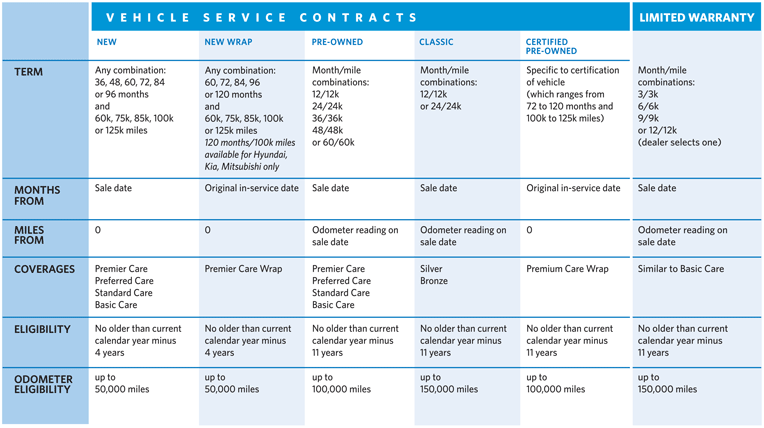Warranty Information
Disclaimers for warranties on used cars are typically included to inform buyers about the warranty coverage or lack thereof. It is important for buyers to understand that the warranty provided by the manufacturer may no longer be valid if the car is sold as used and is no longer within the factory warranty period.
By stating that the car is being sold "as is" with no warranty, the seller is making it clear that any potential issues or repairs that may arise after the purchase will be the responsibility of the buyer. This helps manage the buyer's expectations and reduce any potential disputes that may arise regarding warranty coverage. Byers have the option of purchasing an extended warranty, which would provide additional coverage beyond what the manufacturer's warranty offers.
By listing the available extended warranties, the seller is offering the buyer an opportunity to protect themselves from unexpected repair costs and ensuring transparency in the available options. Inspecting used cars before purchase is also a common practice to identify any existing issues or potential problems. However, it is important to note that even with a thorough inspection, it is impossible to predict all potential changes or issues that may arise in a used car's day-to-day operation.
What is GAP Insurance?
GAP insurance, which stands for Guaranteed Asset Protection insurance, is an insurance policy that provides protection for car owners in the event of a total loss of their vehicle.
When you purchase a new or used car, the value of the vehicle begins to depreciate immediately. If your car is stolen or involved in an accident and declared a total loss, your insurance company will typically only pay you the actual cash value (ACV) of the car at the time of the loss. However, if you have a car loan or lease, the amount you owe on the vehicle may be higher than the ACV, leaving you responsible for paying the remaining balance out of pocket. This is where GAP insurance comes in.
GAP insurance covers the difference between the ACV and the amount you owe on your car loan or lease, ensuring that you are not left with a financial burden in the event of a total loss. For example, if your car is worth $20,000 at the time of the loss, but you owe $25,000 on your car loan, GAP insurance will cover the $5,000 difference.
GAP insurance is typically offered by car dealerships, but it can also be purchased through independent insurance providers. It is important to note that GAP insurance is not mandatory, but it can provide added financial protection and peace of mind for car owners who are financing or leasing their vehicles.
Overall, GAP insurance can be a valuable insurance product for car owners who want to protect themselves from the potential financial burden of a total loss of their vehicle.

North American Auto Care offers GAP insurance as one of their insurance products to provide financial protection to car owners in the event of a total loss. Their GAP insurance, also known as Guaranteed Asset Protection, covers the difference between the actual cash value (ACV) of the vehicle and the outstanding amount owed on a car loan or lease.
If your car is stolen, damaged beyond repair, or declared a total loss due to an accident, your insurance company will typically only pay you the ACV of your car. However, if you owe more on your car loan or lease than the ACV of your car, you may be responsible for paying the remaining balance out of pocket. This is where North American Auto Care's GAP insurance can help.
With North American Auto Care's GAP insurance, you can rest assured that you won't be left with a hefty bill for the remaining balance on your loan or lease. Their GAP insurance will cover the difference, providing you with financial protection and peace of mind.



